California Report Tallies Hundreds of Failing Water Systems in the State
Hundreds more systems are at risk of not being able to meet drinking water standards.
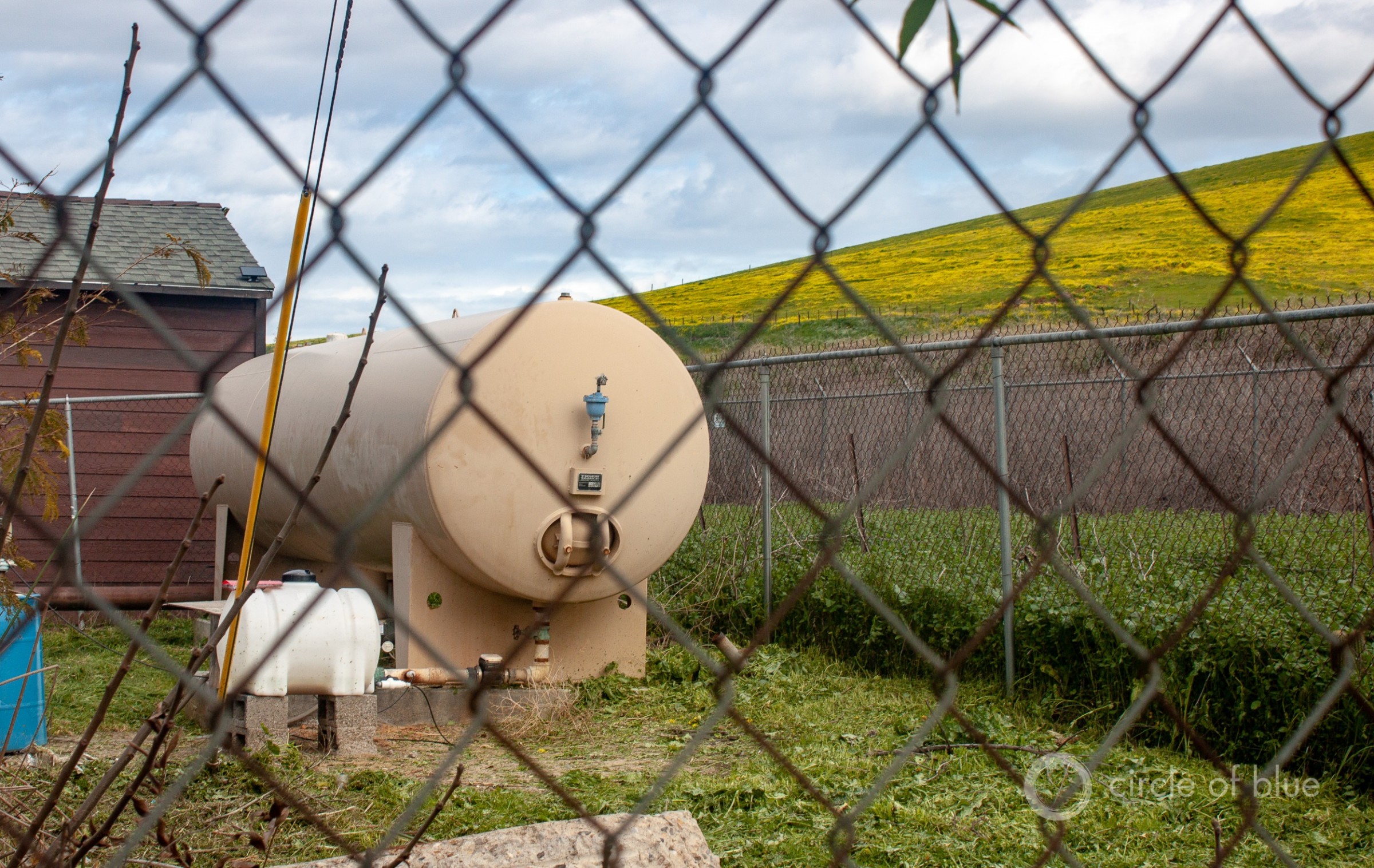
The well that serves about 80 homes in the unincorporated community of Tooleville, on the east side of Exeter, in California’s San Joaquin Valley. Photo © Brett Walton/Circle of Blue
Key Takeaways
- The State Water Resources Control Board’s needs assessment found 326 public water systems that are consistently failing to provide drinking water that meets state and federal standards.
- About 90 percent of water systems that violate drinking water standards are small, serving 500 people or fewer.
- The cost of implementing short-term and long-term fixes for all the failing and at-risk systems and domestic wells is estimated to cost $10.3 billion over five years.
By Brett Walton, Circle of Blue
When California lawmakers were debating a funding package in 2018 for clean drinking water, one of the unknowns was how large the need really was.
Now, with the release of an in-depth report, state regulators have a detailed picture of how many small water systems are failing or at the brink of failure and what it would cost to bring them up to par.
The State Water Resources Control Board’s needs assessment found 326 public water systems that are consistently failing to provide drinking water that meets state and federal standards.
Another 617 public water systems are at risk of failing, and 611 state small systems, those that serve fewer than 25 people, are at high risk of exceeding health standards because of their location. These failing and at-risk systems are clustered in heavily agricultural regions like the Central Valley and Salinas Valley, as well as in Los Angeles, San Diego, and Sonoma counties.
The analysis also found nearly 78,000 domestic wells in areas of concern for groundwater contamination.
The needs assessment will inform the state’s drinking water expenditures as the state attempts to deliver on its goal of safe, clean, affordable water for all residents.
“We see that without the ratepayer base or the affluence oftentimes communities, and especially smaller systems, are unable to meet standards, unable to carry out the mission of providing clean, safe, affordable water in the twenty-first century,” Joaquin Esquivel, chair of the State Water Resources Control Board, told Circle of Blue.
The report estimates the cost of implementing short-term and long-term fixes for all the failing and at-risk systems and domestic wells to be $10.3 billion over five years.
The report arrives at an auspicious moment, Esquivel said. At the federal level, the Biden administration wants to allocate $111 billion to improve the nation’s drinking water and sewage systems. If Congress concurs, the White House intends to direct a significant portion of the funds to low-income areas and communities of color that historically have existed on the margins and been saddled with inferior water and sewer service.
Esquivel said that the funding gaps identified in the report — $2.1 billion in grants and $2.6 billion in loans over the next five years — will help the state advocate for federal money in the coming months as the White House proposal takes shape.
California, meanwhile, is coming off its third-driest winter on record, a moisture deficit that is recalling the last severe drought to hit the state. During that multi-year disaster, from 2012 to 2016, wells in Central Valley farmworker communities dried up by the thousands and water quality deteriorated.
State officials do not want to see a sequel. Esquivel said that the funding needs identified in the report would help small systems exit the path to failure. California lawmakers approved a drinking water infrastructure fund in 2019 that targets these at-risk systems. The fund will provide $130 million annually.
Defining Risks, Investigating Fixes
The report examined risks and fixes for the state’s smallest water systems, those that serve fewer than 3,300 customer connections. That includes public water systems, tribal water systems, state small systems, and domestic wells. The report also looked at water supplied in primary and secondary schools. The list of failing systems does include a few larger utilities, but it is mostly smaller units that struggle.
Greg Pierce, the principal investigator for the assessment and a senior researcher at the UCLA Luskin Center for Innovation, said that no other state report has delved into such detail on drinking water system risks and needs, parsing data on water quality, technical capacity, financial metrics, and water sources. “It was an enormous effort” that brought in academic and non-governmental partners, Pierce told Circle of Blue.
About 90 percent of water systems that violate drinking water standards are small, serving 500 people or fewer, said Michelle Frederick of the State Water Board. “It speaks to the fragmentation of our infrastructure statewide,” Frederick told Circle of Blue.
That pattern was well known. The report’s new contribution is considering solutions, their cost, and their affordability for low-income areas.
Improved treatment processes that can remove common contaminants like nitrate, arsenic, and 1,2,3-TCP were an option for nearly half of the failing systems, the report found. The rest of the failing systems could be addressed by merging the system with a neighboring system with more financial stability, or by installing filters on faucets or where the water enters the home. All systems could benefit from technical expertise and additional equipment.
The options all have limitations. Better treatment systems could work for larger water providers, but their complexity would overwhelm a system with only several dozen customers. In-home filters produce clean water, but they have high maintenance costs because utility staff need to ensure that they work properly and are replaced when necessary.
Esquivel, noting the delicate political negotiations that accompany system mergers, said that consolidations or regional projects would be driven by the community. “These discussions are so sensitive,” he said.
For calculating costs, the report looked at a simplified version of system consolidation. It paired one at-risk or failing system with a better-run neighbor that was less than 3 miles distant. Consolidations were found to be an option for 20 percent of failing systems and 23 percent of at-risk systems. Doing one-off mergers like this can be expensive because there are often only several dozen homes to connect.
Bigger regional projects, on the other hand, benefit from economies of scale. In Monterey County, for instance, there are 85 small systems that are in the relative vicinity of a larger system in the city of Marina. The cost per connection is $39,000 for consolidating those systems individually. But tying them together into one regional project brought the cost per connection down to $7,000.
Because of data complexity, regionalization costs were not included in this initial report, but Kristyn Abhold, who oversees the water board’s needs analysis unit, said that she hopes to include regionalization costs in future needs assessments, which will be updated annually and incorporate new financial data on revenue and expenses, as well as refined definitions of affordability.
Brett writes about agriculture, energy, infrastructure, and the politics and economics of water in the United States. He also writes the Federal Water Tap, Circle of Blue’s weekly digest of U.S. government water news. He is the winner of two Society of Environmental Journalists reporting awards, one of the top honors in American environmental journalism: first place for explanatory reporting for a series on septic system pollution in the United States(2016) and third place for beat reporting in a small market (2014). He received the Sierra Club’s Distinguished Service Award in 2018. Brett lives in Seattle, where he hikes the mountains and bakes pies. Contact Brett Walton

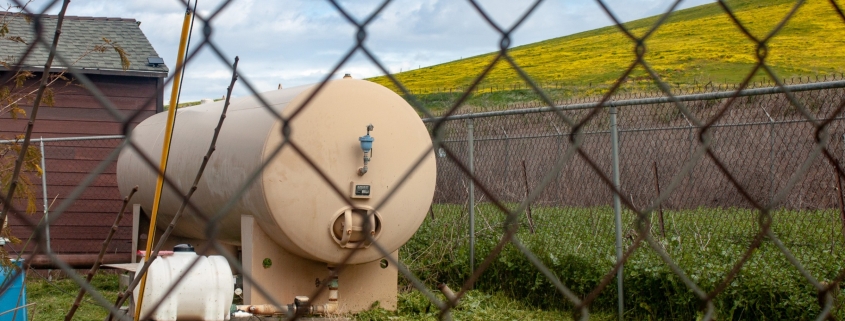



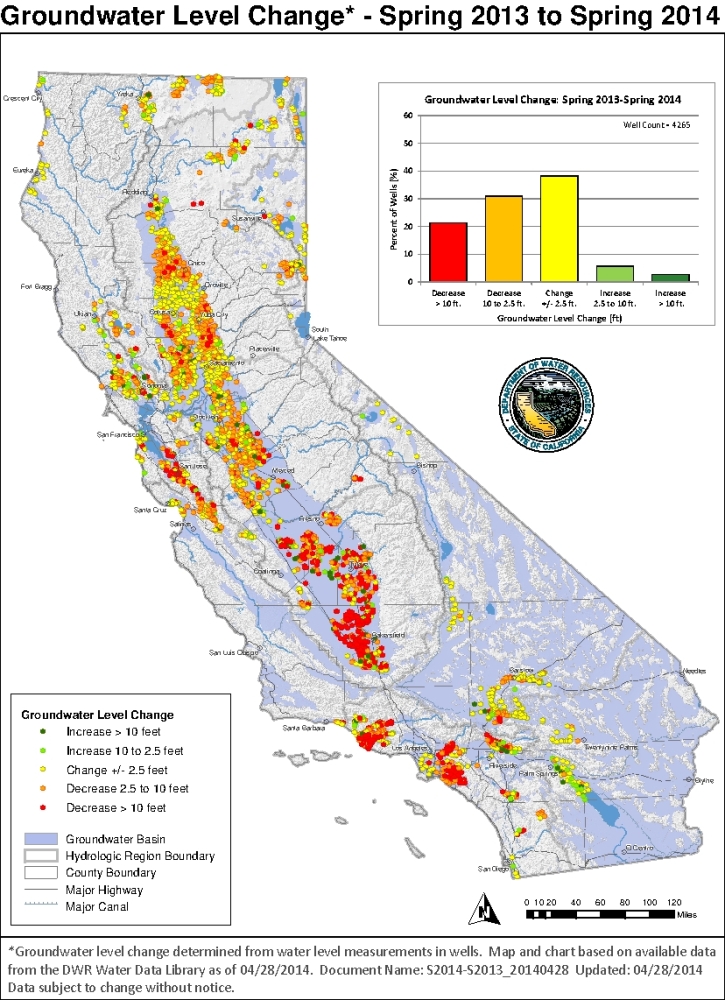
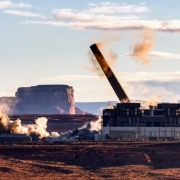
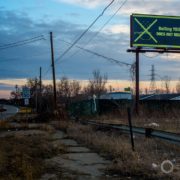



Leave a Reply
Want to join the discussion?Feel free to contribute!